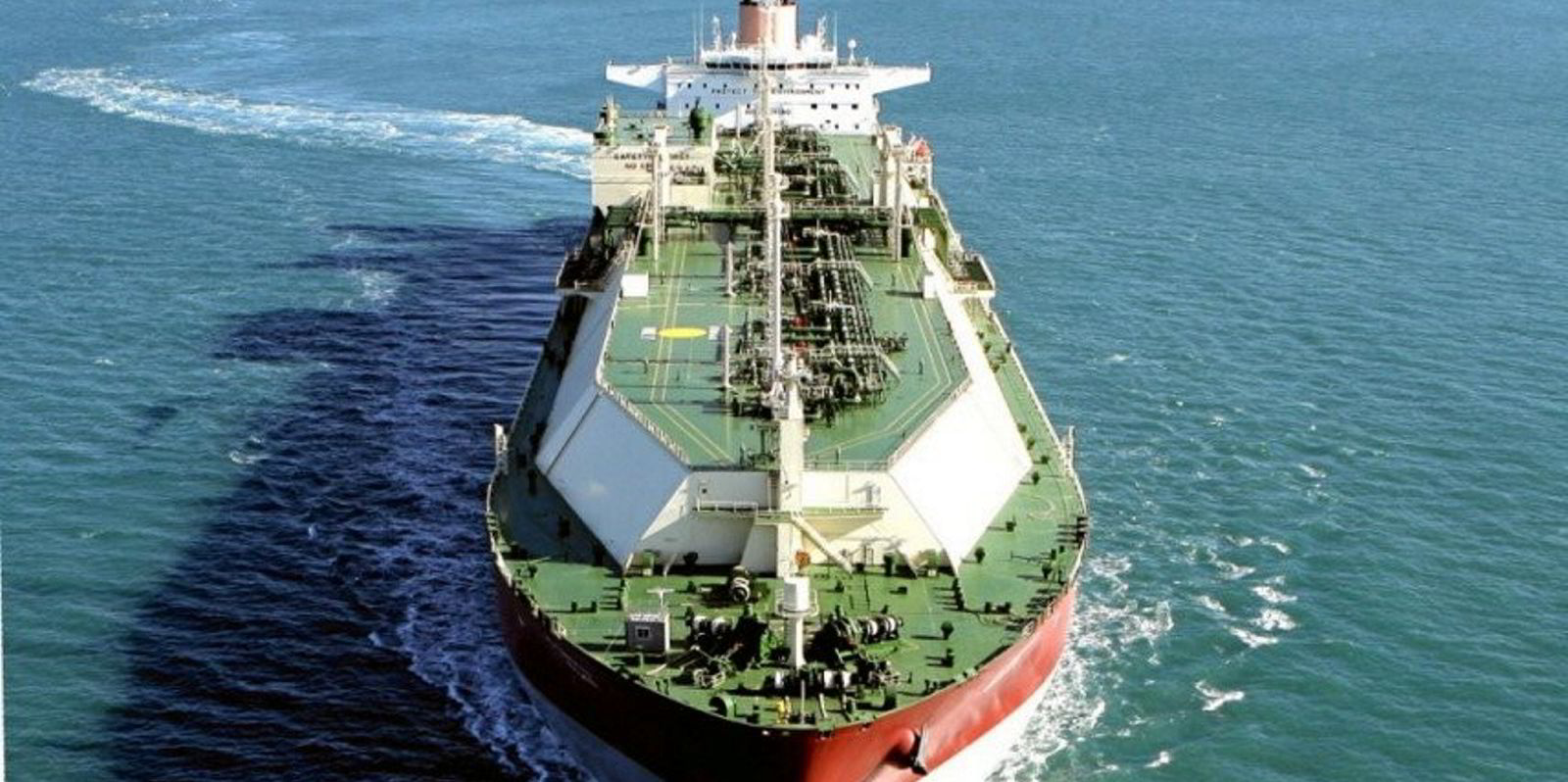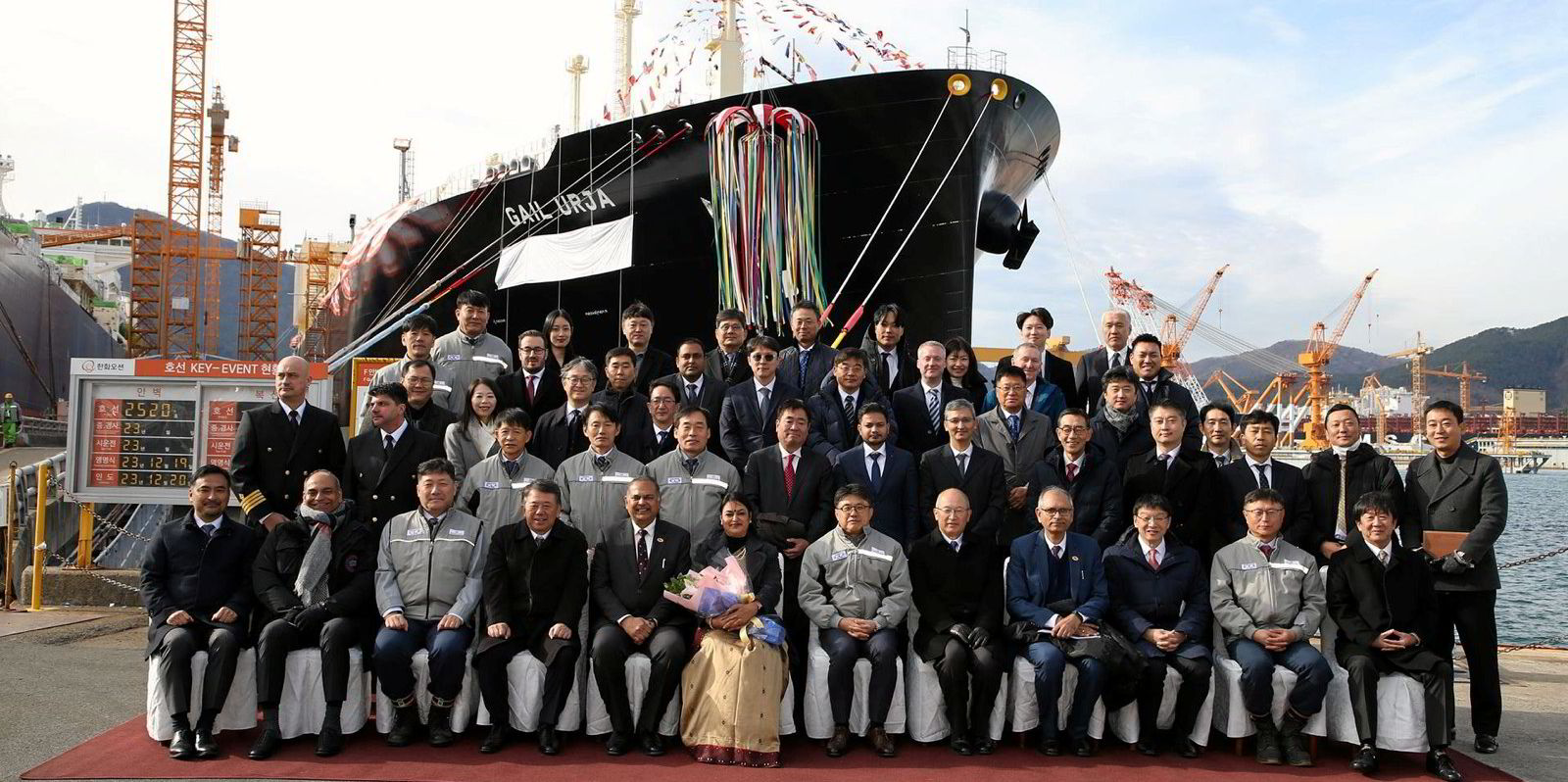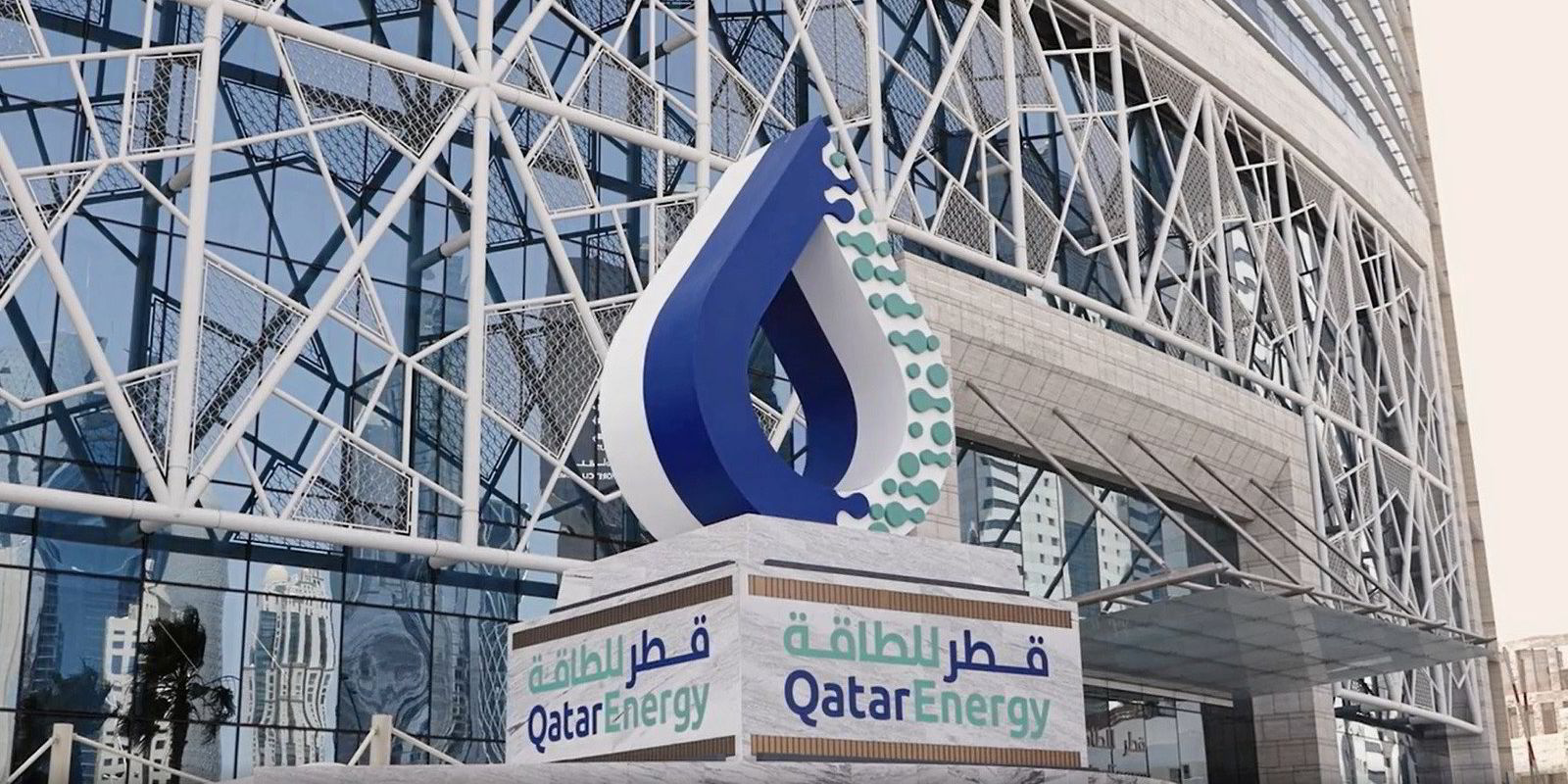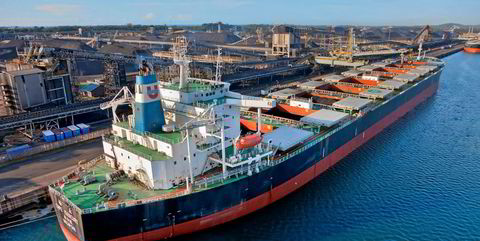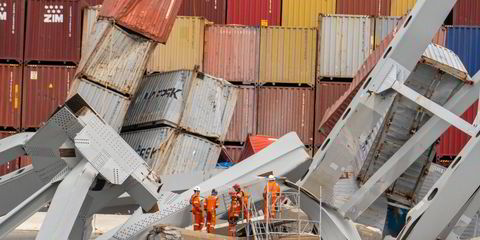Prolonged avoidance of the Suez Canal coupled with the ongoing congestion and restrictions at the Panama Canal could hike LNG shipping demand in a year where low fleet utilisation has been forecast.
Speaking at the Astrup Fearnley Shipping & Energy Conference on Wednesday, LNG specialist Ina Bjorkum Arneson said both the Panama and Suez canals are important routes for the sector.
“There are no LNG carriers currently transiting the [Suez] Canal,” Arneson said.
“If this continues that does of course significantly increase shipping demand for the Qatar to Europe cargoes.”
However, she cautioned that with an underutilised existing fleet and a record newbuilding delivery haul in 2024, the fleet “should be able to handle it” but may pause charter rate reductions.
Arneson said the fourth quarter of 2023 saw the lowest levels of LNG carrier Panama Canal transits since 2027.
She highlighted the congestion and drought problems at the waterway, which has forced the Panama Canal Authority to cut transits.
“We don’t foresee charterers showing up without a pre-booked slot at the canal,” Arneson said.
In theory, she said this pushes vessels towards the Suez Canal and Cape of Good Hope as alternative routes
Arneson said spot charter rates in 2023 were down on those in 2022.
She said availability of vessels has largely been from sub-letters, which has helped keep the rate floor raised during the shoulder months as they have no incentive to drop these further.
The analyst said the charter rates for time-charters for periods of between one and five years also steadily decreased during 2023 due to the high level of term fixing seen in 2021 and 2022.
Availability of vessels for one-to-three-year deals has been “quite high”, Arneson said.
But for the longer-term period of five to 10 years, rates are currently above those for the shorter periods as the market is expected to tighten from 2026.
“So charters giving coverage into the second part of the decade are favoured,” she said.
Arneson said there were a lower number of spot fixtures last year on the back of fewer requirements.
Some 80% of the short-term fixtures done were sublets — a record, she said.
More fixtures involving independent owners were seen towards the end of 2023. Fearnleys sees this trend continuing into 2024 as more vessels are due to be redelivered to owners this year.
Arneson detailed that 403m tonnes of LNG was loaded in 2023, just 10m tonnes up on the figure for the previous year largely due to the resumption of shipments from the Freeport LNG plant in the US. December was a new record for loadings.
European LNG imports were marginally down on those in 2022 while Asian volumes rose slightly as China and India took more.
Record breakers
The global LNG fleet grew by just over 30 vessels in 2023.
But Arneson said it is growing faster than tonne-mile demand so utilisation remains “quite low”, with vessels trading at lower speeds, although this is partly explained by the new Energy Efficiency Existing Ship Index (regulations.
She said over 80 LNG carriers were ordered in 2023 and prices remain at around $260m for basic specification vessels as yards are fully booked into the second half of the decade, leaving for these levels to fall.
Arneson said 2024 is set to hit another record with 67 LNG carriers scheduled for delivery with this to be repeated in 2025.
But she said this fleet growth is coming “a little early” when considering the lack of new liquefaction due online.
Fearnleys sees LNG carrier oversupply continuing into 2025 with a possible uptick in scrapping as older ships are redelivered.
The shipbroking firm also sees the shipping sector tightening from 2026 onwards with more LNG coming online requiring long-haul vessels and expects more newbuildings will be required from 2028 onwards beyond what is already on order.

